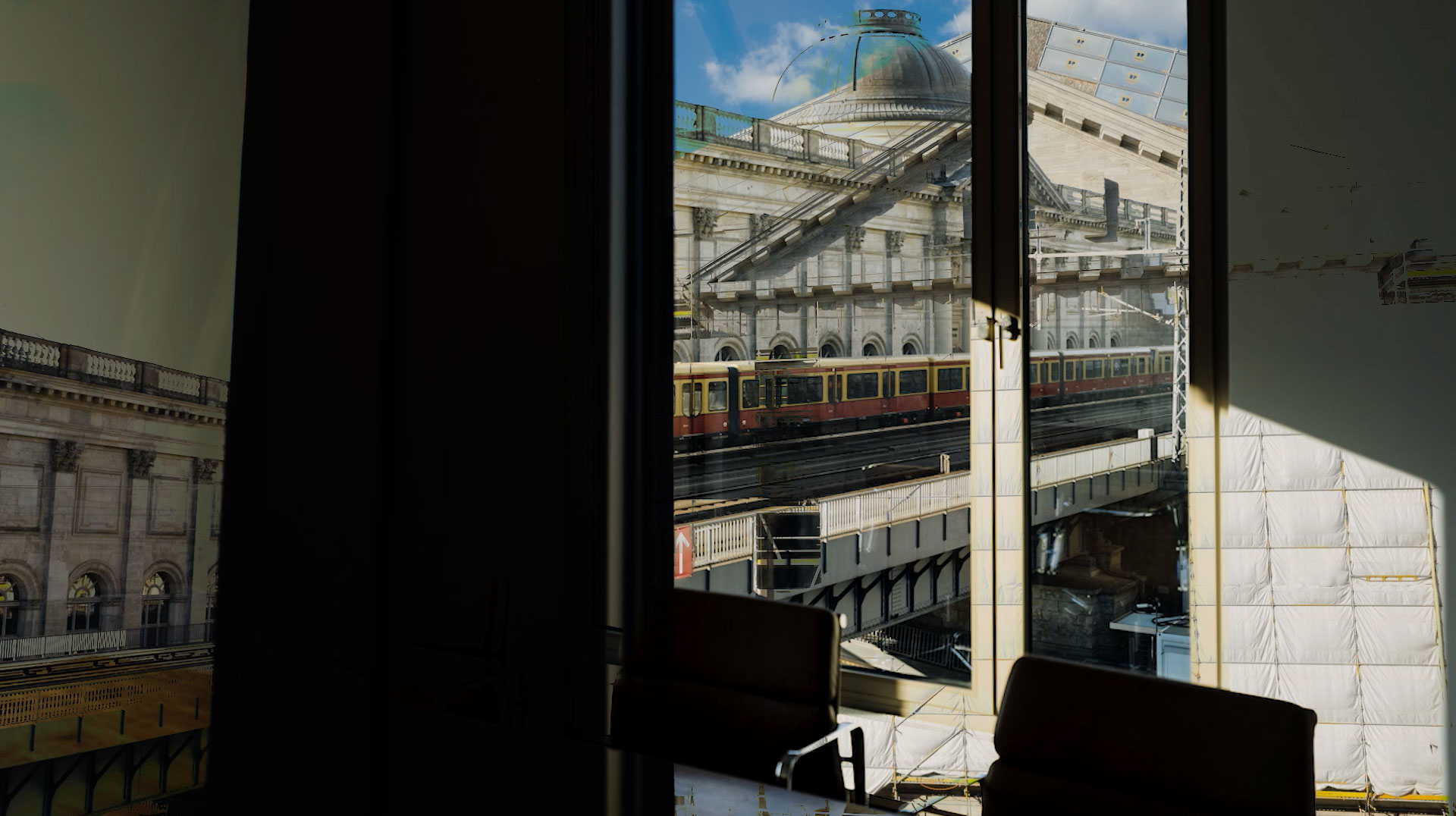Money laundering: the pressure on the art trade continues to intensify
Berlin-based lawyer and art promoter Pascal Decker and others offer an app to combat money laundering in the art market. However, he is convinced that the art trade is not particularly susceptible to this.
Ludwig Greven: How did you come up with the idea of helping art dealers to prevent money laundering in the art market?
Pascal Decker: The European legislator made the decision to extend money laundering prevention obligations to the art market from January 1, 2020. It was immediately clear to us that this would overstretch the possibilities of legal advice. You cannot remotely support a gallery owner who wants to sell a work of art at her stand at an art fair in carrying out the so-called "know-your-customer" check. What was needed was a solution that could react flexibly, quickly and with legal certainty to all changes, be it updates to the relevant country list, changes in the law or sanctions. This is why we founded the joint venture legeARTIS together with Kerberos Compliance.
This includes an app with the same name. How does it work?
With the app, gallery owners can carry out the customer identification required by law simply and digitally at any time and anywhere without the hassle of paperwork. This is a clear advantage, especially at trade fairs. We also create risk analyses for our customers, train employees and, where required by law, act as external money laundering officers.
It seems sensible to take action against money laundering in the art trade too. Why did you still have reservations about it?
Before the art market was subject to the European Money Laundering Act, art brokers were already obliged to look out for suspicious circumstances. However, this only applied to cash payments. This was surprisingly removed overnight in the latest draft of the directive. Since then, cashless transactions of 10,000 euros or more have been fully recorded. Art dealers must therefore almost always identify their customers not only on the basis of personal documents and research, but also carry out risk analyses, document everything and even report suspicious cases.
We were concerned because, on the one hand, we consider it an inadmissible general suspicion to explicitly subject only the art trade to this obligation. In doing so, the legislator is putting the stamp on an entire industry of being particularly susceptible to money laundering. On the other hand, we were aware that the legal requirements in no way took into account the special features of the art market, be it auctions or fair sales, and that the new regulations therefore carried the risk of changing the buying behavior of collectors or even jeopardizing the structure of the entire trading system if gallery owners and auction houses capitulated to the burden of the strict regulations.
Are there any known cases of criminal money being laundered on the art market?
All studies show that there is no systematic abuse. Nevertheless, all national legislators will continue to tighten the pressure on the art trade.
Who is behind the cases that have come to light?
On the one hand, the cases that occur involve an organized complex network of criminals who want to smuggle their illegally obtained money from extortion, drug and human trafficking into the regular economic cycle. But business people who want to "launder" untaxed income can also try to do so via transactions in the art market. A restaurateur who has a black cash register is naturally tempted to convert the money somehow. If he finds an artist who gives him a work in cash, he has a tradable asset in his hands instead of untaxed money.
Is there a black market for works of art, and how can it be controlled?
Definitely. But here, too, we can only speculate, because naturally we only see the cases that are discovered by chance. In general, the trade in stolen art, in artifacts that were illegitimately stolen from countries or artworks that were looted by the Nazis, is more difficult today than ever. No reputable dealer or auction house will burn their fingers with such artworks, which are listed in the Art Loss Register, for example. On the other hand, the trade will not recognize the "illegality" of a work of art that was purchased using illicit funds. Therefore, the idea of preventing purchases with illicit funds by means of advance checks is perfectly understandable.
I have repeatedly received offers of supposed "blue chip" art that no longer exists on the market at all because all the known pieces are in steady hands. You realize very quickly that it's no good. Then there are cases in which an unsuspecting collector is harmed by a well-known work from his collection being offered for sale again and again by second- and third-rate dealers without having been commissioned. Many collections are also held via very sophisticated corporate structures based in tax havens. Here, too, I am always particularly vigilant.
Have you already been able to protect clients from shady deals?
That is part of our daily work. We protect our clients not only from abuse by money launderers, but also from reputational damage and high fines by ensuring that all legal obligations are met. Customers are shocked when they are investigated. This happens quickly as soon as the authorities investigate the suspicion that, for example, statutory documentation obligations have been breached. I am convinced that this shock proves that the art trade is largely acting in complete good faith.
What should collectors, museums and gallery owners look out for?
There are classic suspicious facts that call for particular caution. These include, for example, if the type of transaction does not match the customer and their presumed financial circumstances. If a customer avoids personal contact, this is also an alarm signal. It is also common to try to have the invoice suddenly issued to a different person after the contract has been concluded. If the true identity is concealed or the buyer has no knowledge of or interest in the work of art, this also gives cause for concern.
In your opinion, do the police, customs and the relevant European authorities such as Europol have the problem under control?
There is a patchwork quilt in the EU with different implementations of the regulation and insufficient cooperation between the national supervisory authorities. This is regularly to the detriment of the German art market because the European directives are always implemented and monitored particularly accurately here.
Are Russian oligarchs trying to sell works of art on the international market legally or illegally due to the sanctions imposed on them as part of the war in Ukraine?
I am not aware of any specific cases from my own practice. Nevertheless, I think it is entirely plausible that oligarchs who are illiquid due to the sanctions lists will try to sell off tangible assets such as works of art. Unlike yachts, these are fungible. However, serious traders will not want to burn their fingers here either, as proper provenance research is now an indispensable part of due diligence.
After the US invasion of Iraq and during the IS terror war in Iraq and Syria, many looted antique art treasures are said to have been sold from there to other countries. Digital means were also used to track down the art treasures and the dealers. Could some of them be traced?
The exact circumstances are unclear. Unesco often gives the impression that a significant amount of looted ancient cultural treasures have been used to finance terror. However, there is hardly any evidence of this so far. Even the UN Security Council questions this. On the other hand, there were returns of priceless art treasures that found their way into the world via winding paths during the colonial era. There is still a lot of work to be done in this area. The returns could also be realized through digital documentation and tracking of transactions. Of course, this requires the willingness and cooperation of the countries in which these cultural treasures appear.
This text was first published in Politik & Kultur 05/22.

